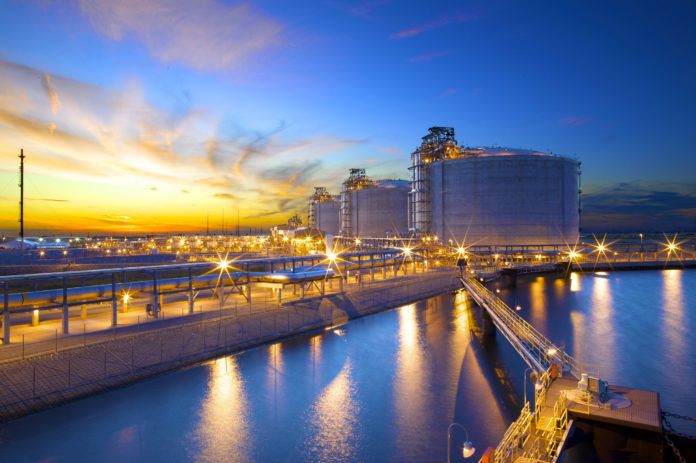Any new LNG investment in Louisiana will likely remain in limbo until at least 2022, as the uncertainty of COVID-19 and availability of competitively priced natural gas in other parts of the world have turned U.S. LNG exports into a risky proposition.
Financiers of U.S.-based LNG export facilities are requiring the existence of long-term contracts before they’ll dole out any additional money, and those are difficult to come by when natural gas is at rock-bottom prices.
Fortunately, that doesn’t impact LNG plants that are either completed, under construction or adding trains, says Eric Smith, associate director of the Tulane Energy Institute in New Orleans. “Once you get a multimillion-dollar project going,” Smith says, “it might take a little longer and get stretched out, but it will get finished.”
That’s because developers were able to enter into 20-year contracts when LNG was in short supply. It’s a far different landscape now. “While these ‘second generation’ plants are more efficient, there is a lot more LNG sloshing around in the world,” he adds. “Customers are being more choosy, and they want three-year contracts with an option to renew.”
Shane Mullins, vice president of product development for energy markets at Industrial Info Resources in Sugar Land, Texas, says the market downturn has had serious repercussions for several Louisiana projects, most recently Tellurian’s Driftwood LNG near Lake Charles. “We thought Driftwood was going to get closer to an approval this year, because India planned to buy a huge portion of that project,” Mullins says.
Instead, Tellurian is in cost-cutting mode, unveiling plans to cut Driftwood’s Phase 1 by 30% and postponing its proposed Permian Global Access Pipeline, with a capacity of 2 billion cubic feet per day, and Haynesville Global Access Pipeline, with a capacity of 2 billion cubic feet per day.
Tellurian has delayed a financial investment decision on the Driftwood facility until 2021, but still hopes that full operations could begin in 2026 or 2027. The LNG facility is expected to produce 27.6 million tons of LNG per year.
Elsewhere, the news is equally troublesome. Read the full story in the new fall 2020 edition of 10/12 Industry Report.



